Far beyond famous blue streets, there exists a number of lesser-known Moroccan villages where shades of azure, indigo, and cobalt turn every building into living works of art. These communities maintain the ancient traditions of painting their houses with natural paint made from local minerals and plants, thus creating fabulous, monochromatic landscapes against the rugged Rif Mountains.
Every village contributes to the peculiarity of this unique architectural heritage, while painting in blue is at once both functional and cultural, ranging from keeping houses cool to repelling mosquitoes.
Talassemtane
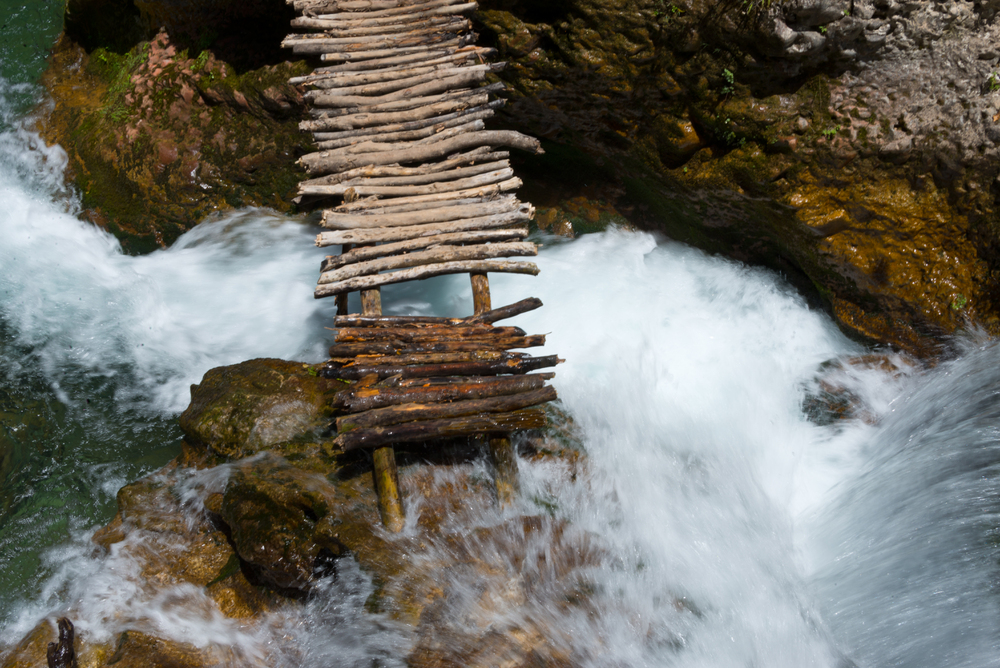
Nestled high in the Rif Mountains, Talassemtane’s houses cascade down steep hillsides in varying shades of blue that mirror the mountain sky. Local artisans continue the tradition, handed down through generations of mixing natural pigments, thus creating distinctive hues typical of each family compound.
The narrow lanes of this village reveal hidden courtyards where elderly residents talk about how the tradition of the blue started as one of necessity to help reflect the summer heat.
Taferka
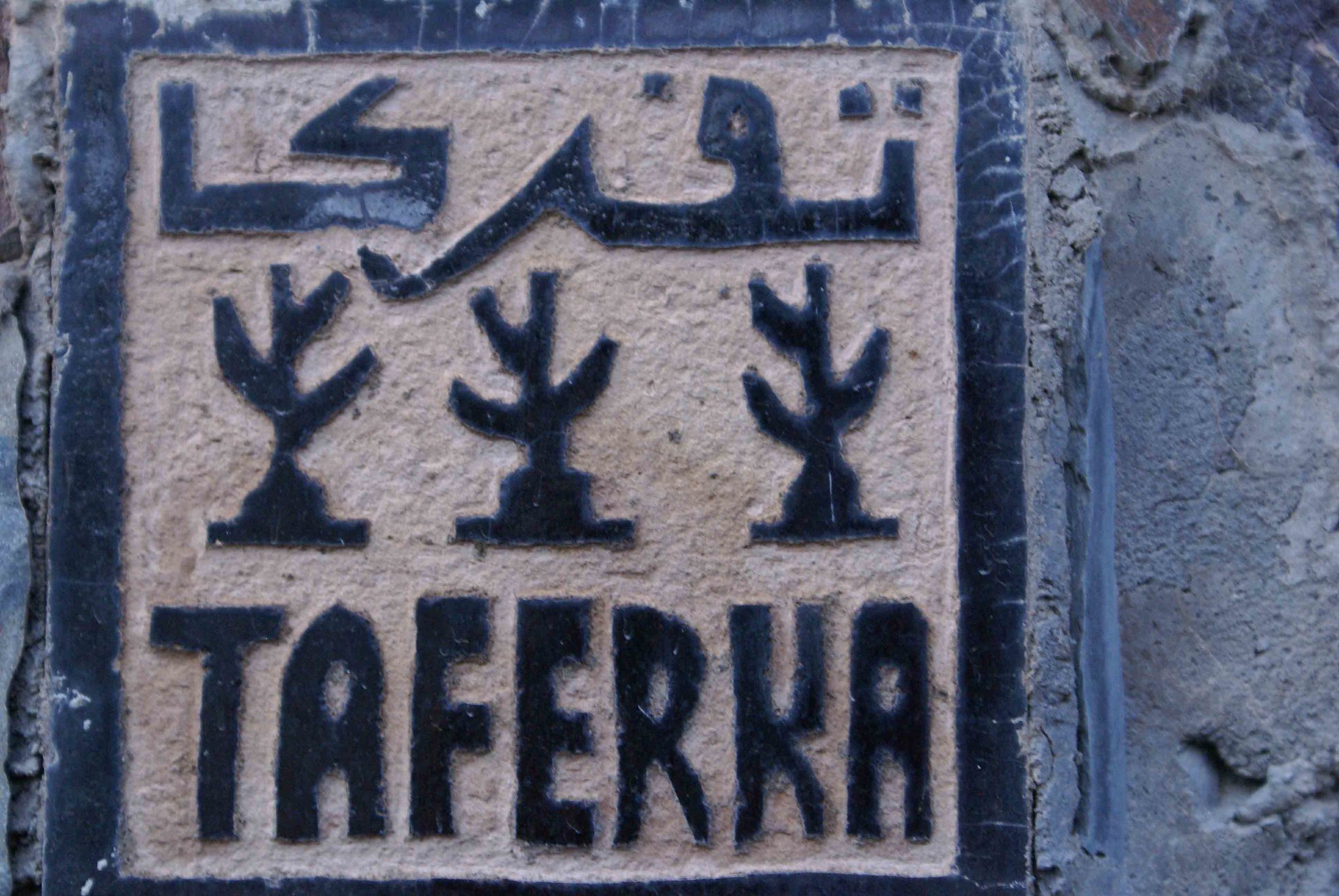
This remote village is an enclave of natural indigo dyeing, with its deep blue hue extending from the color of building walls to hanging traditional textiles in narrow streets. The masters in this village preserve the recipe by combining local plants with the minerals of the surrounding mountains, giving life to their range of blues.
The tourist visitors take part in classic workshops on dyeing as these families share their way to achieving the perfect tone in indigo.
Like Travel Pug’s content? Follow us on MSN.
Zerka
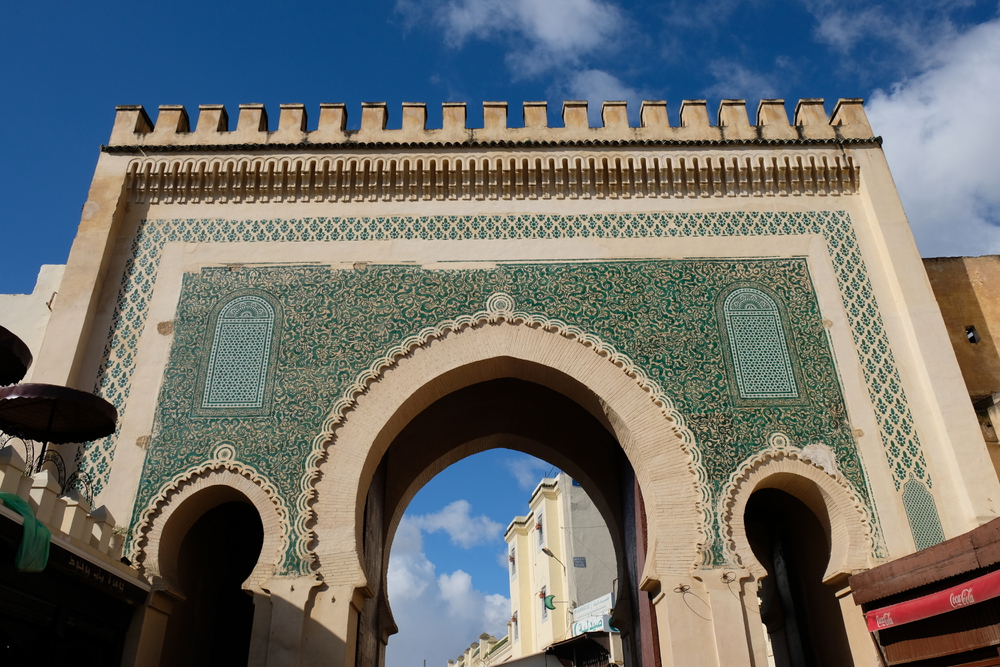
Zerka is also famous for its powder-blue-colored buildings and retains some of the oldest blue-painted houses in Morocco, dating back to the 17th century. The master painters of this village still apply the traditional methods of lime-wash painting, using natural pigments mixed with local limestone for durable, vibrant surfaces.
Surprising architectural details emerge as one negotiates the twisted alleys where blue paint delineates carved doorways and window frames.
Bab Taza
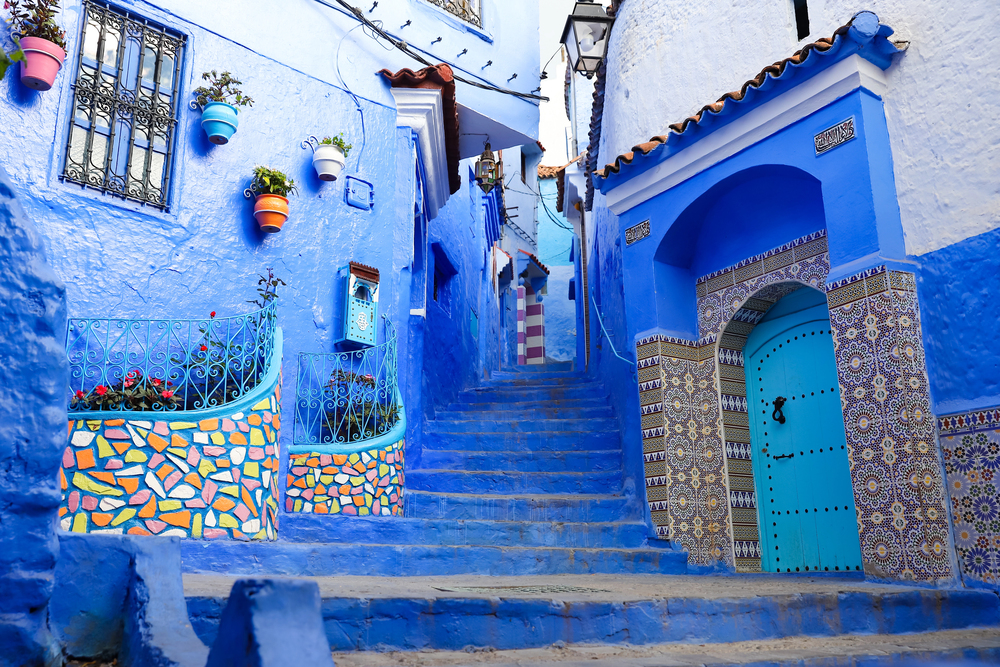
This village claims that its deep blue color scheme originated from a visit by a Moroccan sultan who was so impressed by the local indigo dyers that he ordered all buildings painted in their signature hue. Local families maintain precise recipes for their blue paint, passing down secret ingredients that give their homes a unique shimmer in the sunlight.
The village square is a place of weekly demonstrations where master painters share traditional application techniques with the use of handmade brushes.
Akchour
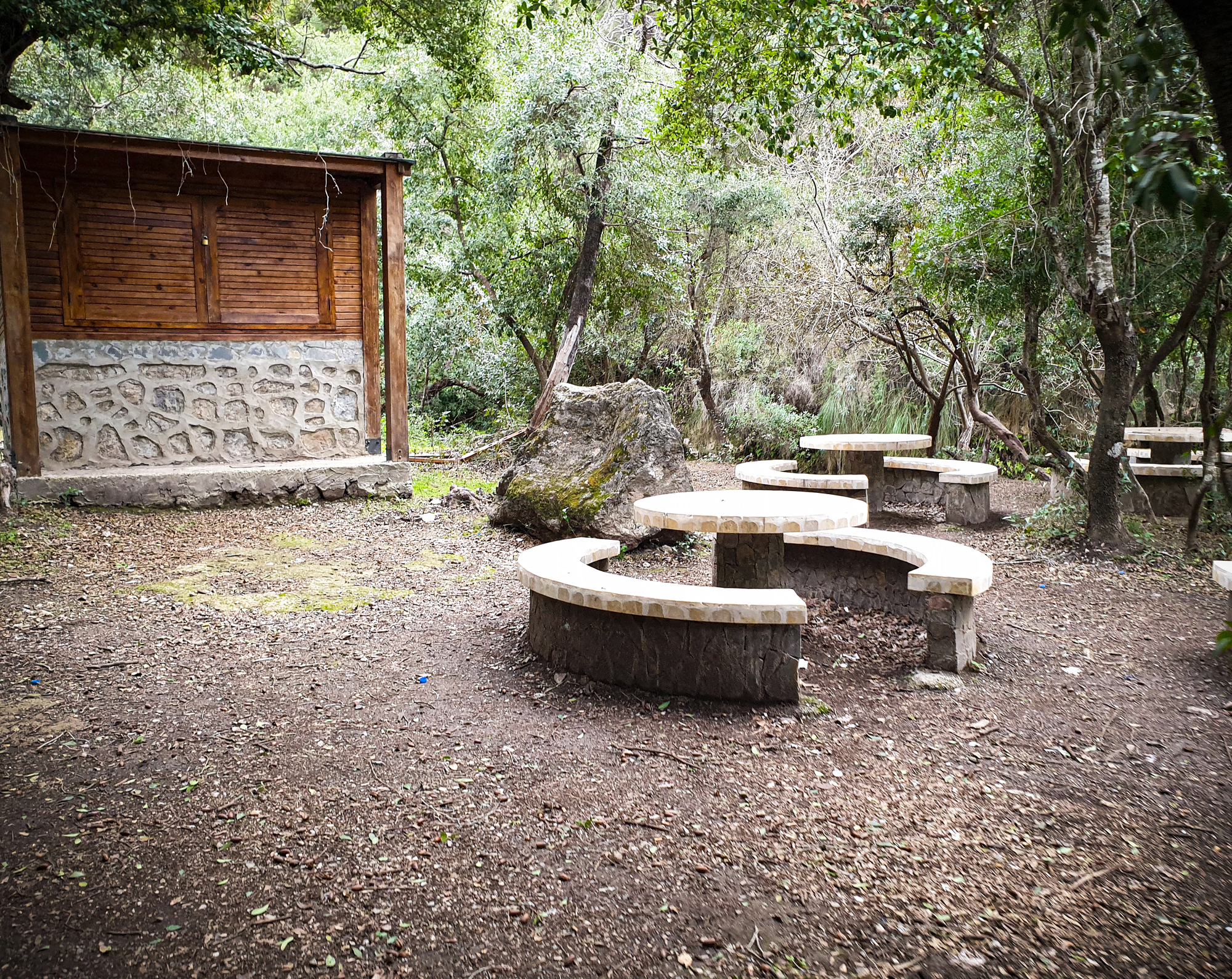
Built along a crystal-clear river, Akchour’s buildings reflect both sky and water in their carefully chosen shades of blue. The village’s location near natural waterfalls has influenced its particular shade of aquamarine, which local painters say captures the color of the cascade pools.
Traditional cafes built on riverside terraces are perfect vantage points to admire the interplay of natural and painted blues.
Like Travel Pug’s content? Follow us on MSN.
Fifi
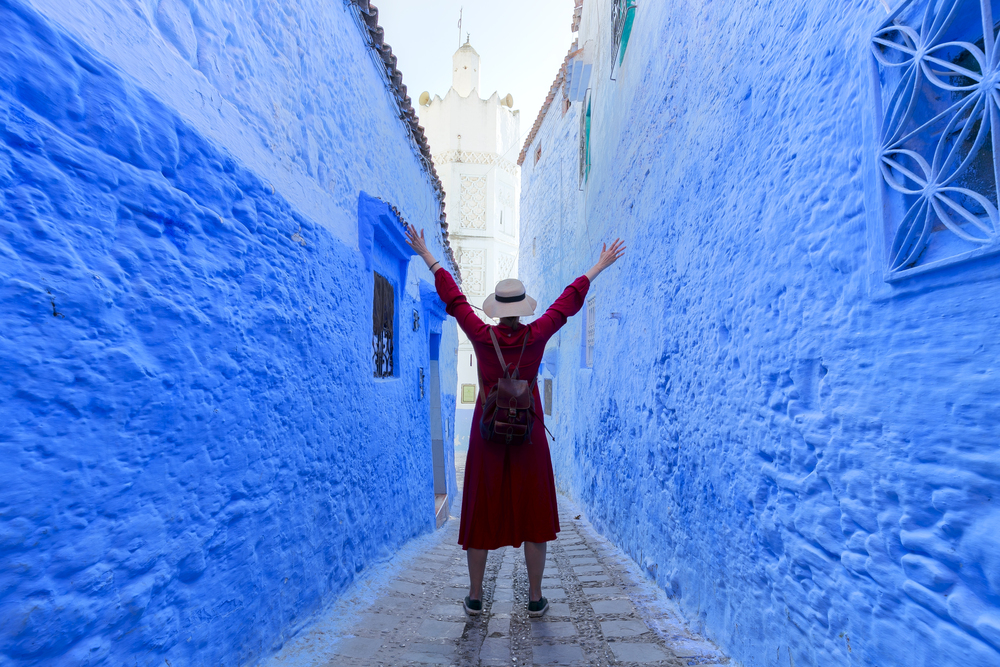
Characterized by its deep cobalt-colored buildings, Fifi enforces strict community guidelines about paint color and application techniques to maintain some of the most alive blue architecture in Morocco. With subtle variations in shades of blue, local artisans develop intricate geometric patterns that morph plain walls into intricate compositions.
The traditional paint makers of the village still manage to grind their own pigments with stones from nearby mountains, keeping the colors of the palette very much original.
Timzin
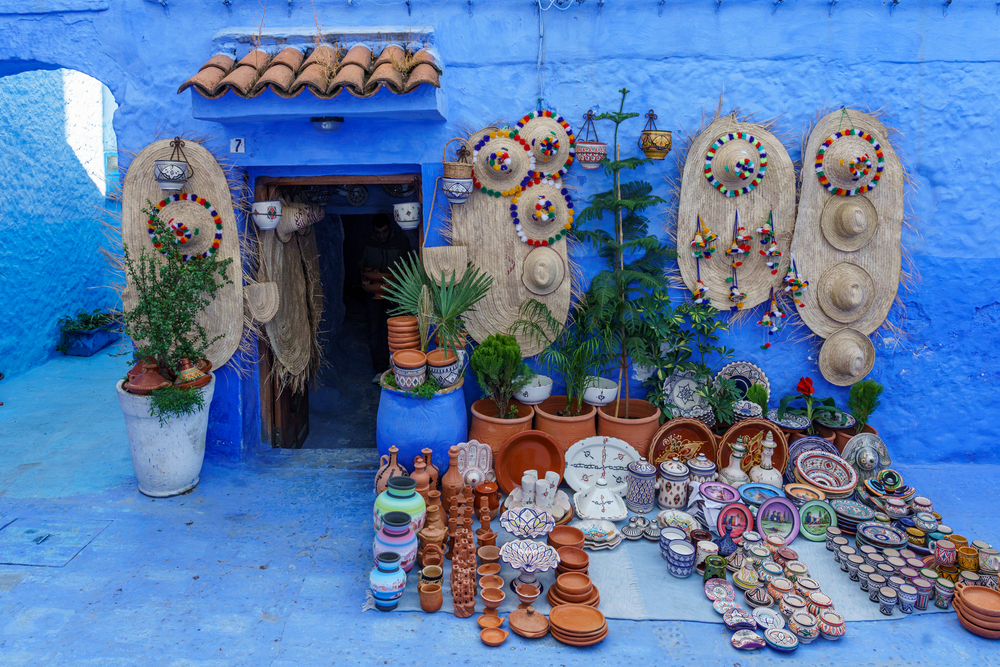
Perched high on a plateau, Timzin’s pale blue buildings seem to dissolve into the sky on clear-weather days, giving the place an almost surreal quality. To the village’s painters, their particular shade of blue has been used for centuries to honor the sky god of their Amazigh ancestors.
Local guides speak of ancient legends about the village’s tradition in blue as they give tours of its winding streets.
Zagora
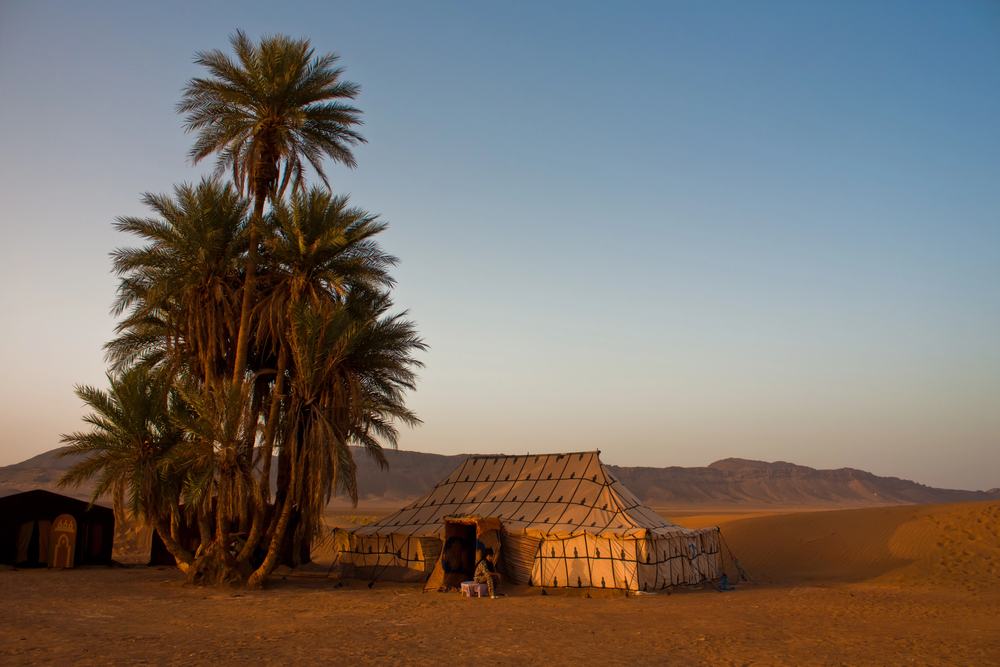
This oasis village is a weird sight; the sharp contrast between azured buildings and gold desert sands offers cool temperatures against the blistering heat using their blue-colored walls. The locals believe the shade of blue used in painting keeps insects of the deserts away, which local wisdom suggests is a practical truth established over generations.
Village blue-painted doors also bear unique designs carved by local craftsmen in darker shades of indigo.
Like Travel Pug’s content? Follow us on MSN.
Taghia
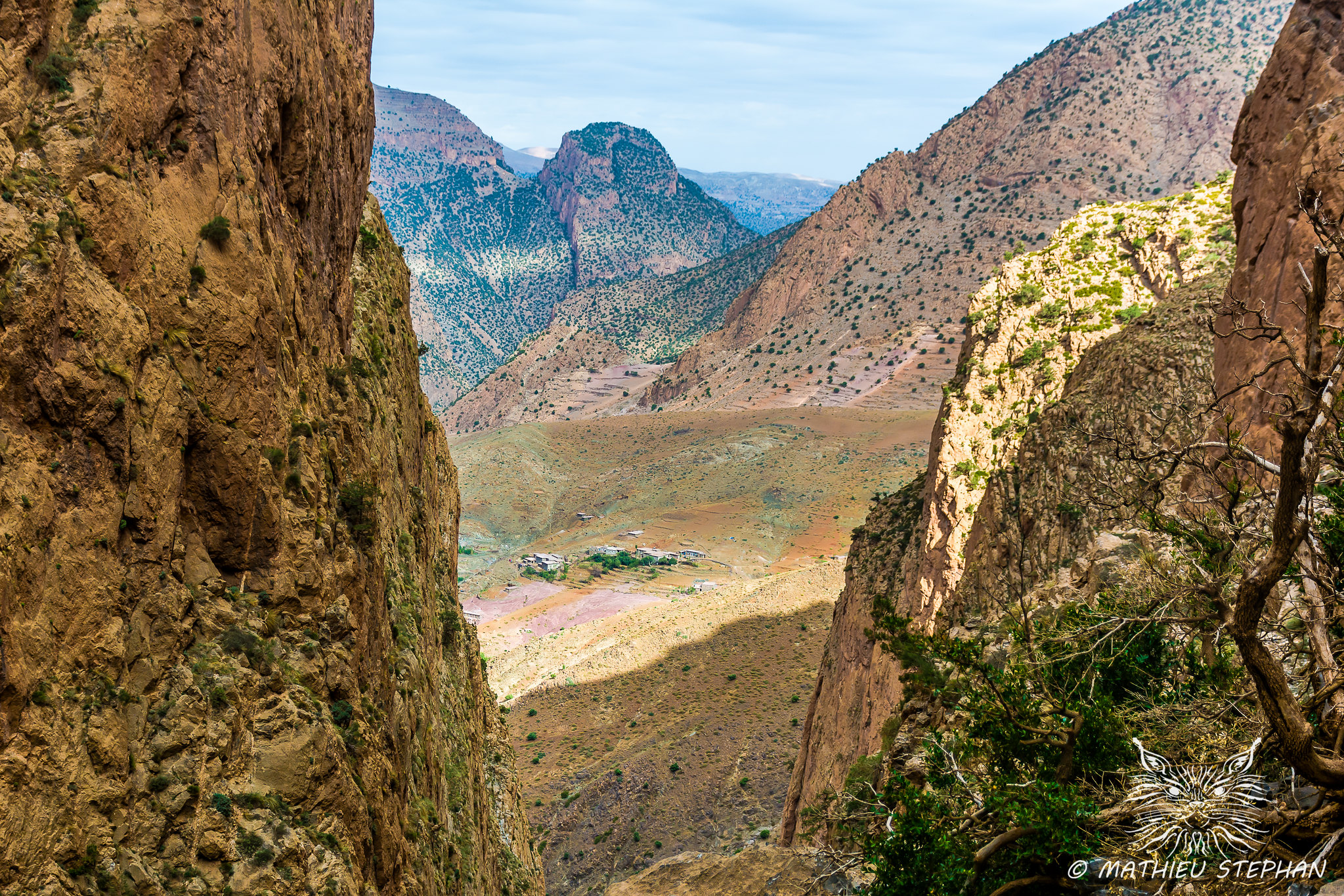
Built into steep canyon walls, the blue buildings of Taghia create a striking contrast against the red rock face behind them. The village’s painters have developed special techniques for applying blue pigments to rough stone surfaces, creating textured finishes that catch the changing light.
Local families maintain their own sections of the canyon wall, resulting in a patchwork of blue shades that marks different family territories.
M’diq
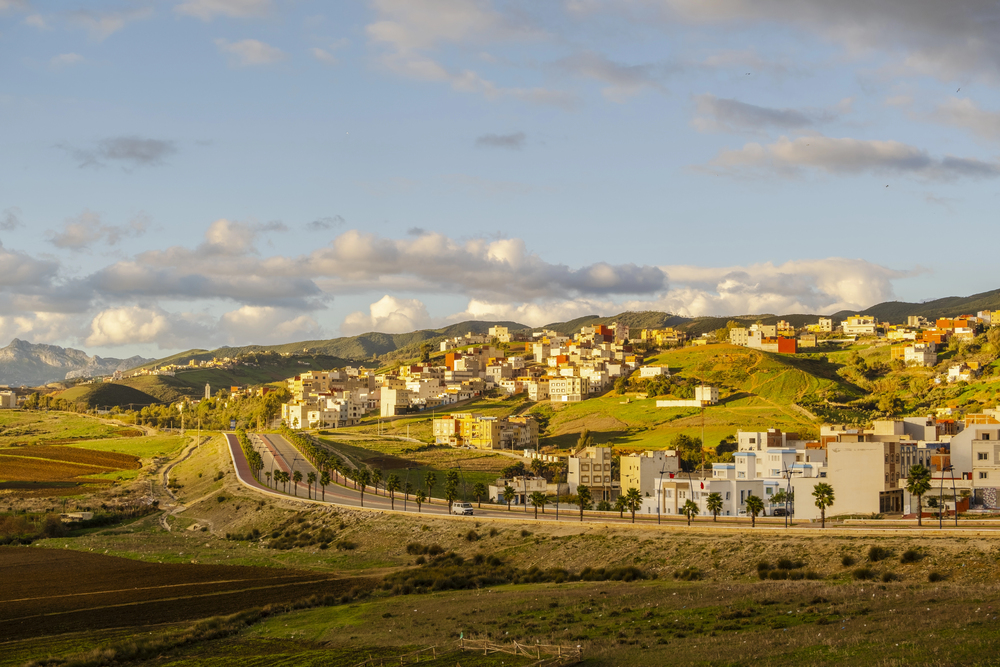
The architecture in this coastal village borrows from the colors of the Mediterranean, with buildings colored in varying hues, from deep sea blue to pale azure. Local painters here say the colors are based on the various moods of the sea – from morning calm waters to afternoon storm waves.
Different fishing families from the village retain distinct patterns in their houses, allowing them to identify them out at sea.
Ifrane Atlas
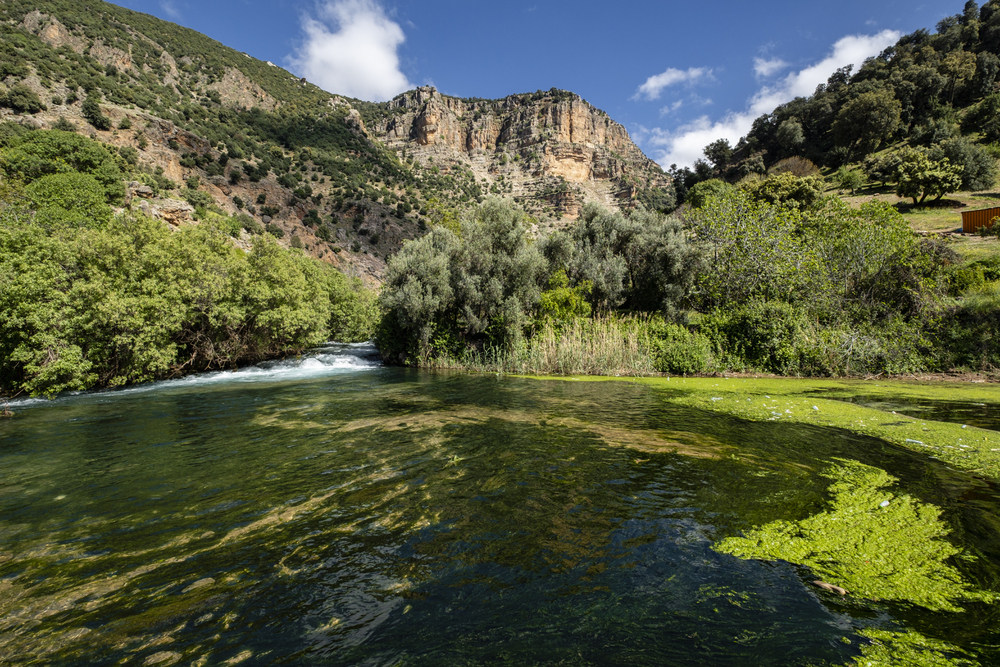
This village, nestled high in the Atlas Mountains, uses a pale blue paint that reflects the color of morning mist rising from the valleys. Traditional builders use blue-painted cedar wood in their architecture, creating interesting juxtapositions of natural and painted surfaces.
According to the village’s artists, their special shade of blue allows buildings to disappear into the mountain haze at certain times of the day.
Like Travel Pug’s content? Follow us on MSN.
Tafraout
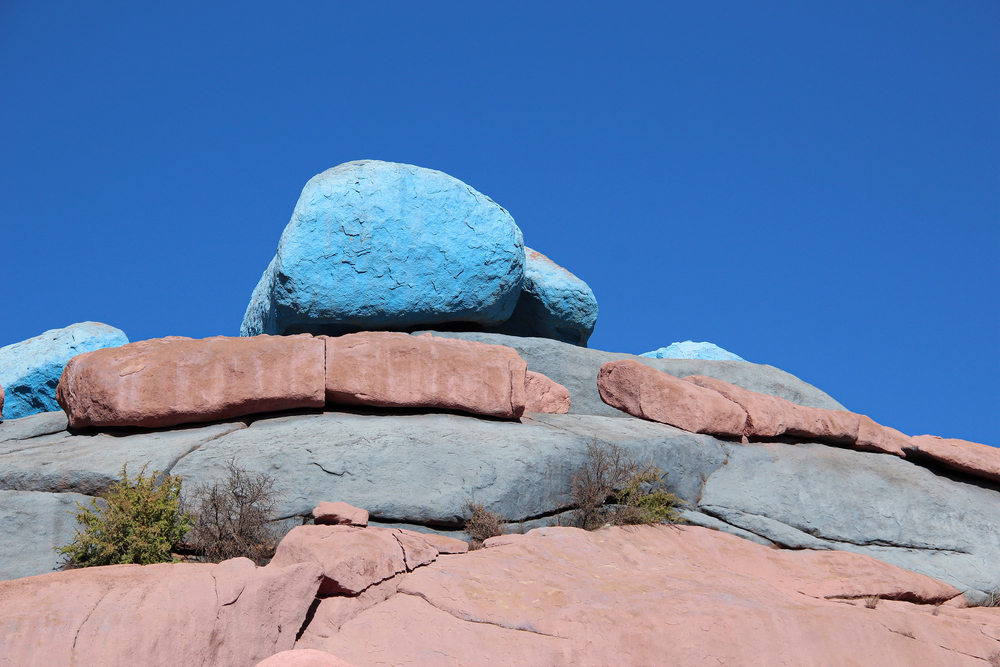
With its blue-painted granite boulders as well as its buildings, Tafraout boasts an extensive tradition of painting both natural and constructed surfaces. Local artists have developed special paint formulas that adhere to smooth rock surfaces while maintaining their vibrant blue color despite intense sun exposure.
The village hosts an annual festival where new areas are painted blue according to traditional community decisions.
El Kelaa
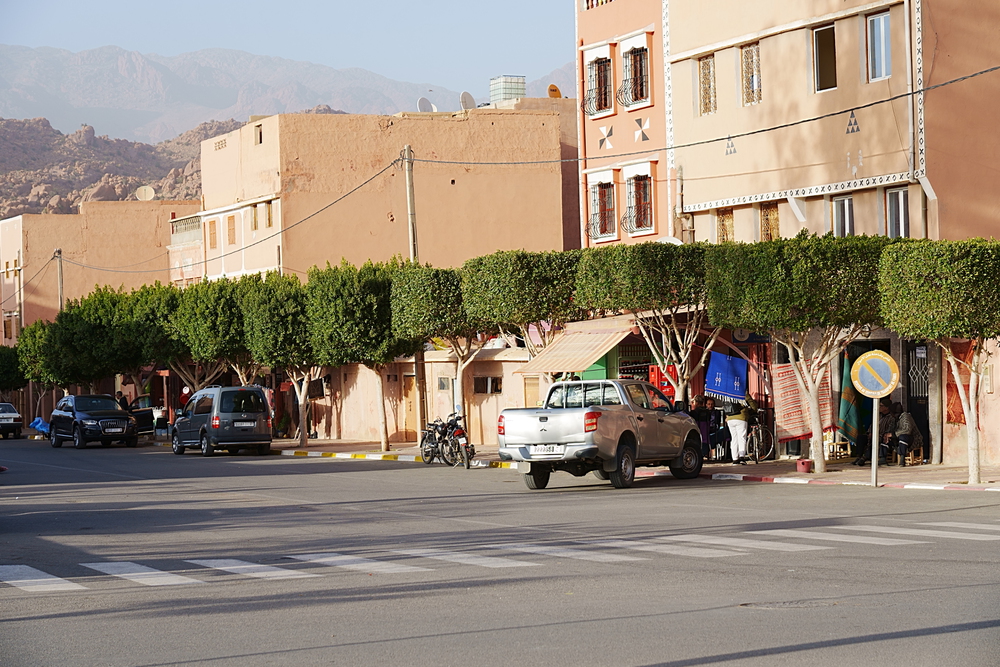
This hilltop village famously uses a unique dark blue believed by local painters to represent the color of the nighttime sky. In fact, houses here traditionally used lighter shades on their roof terraces for an illusion of stars.
The annual repainting in the village corresponds with several important celestial events, allowing an ancient bond between architecture and astronomy to persist in a most peculiar manner.
Moulay Idriss
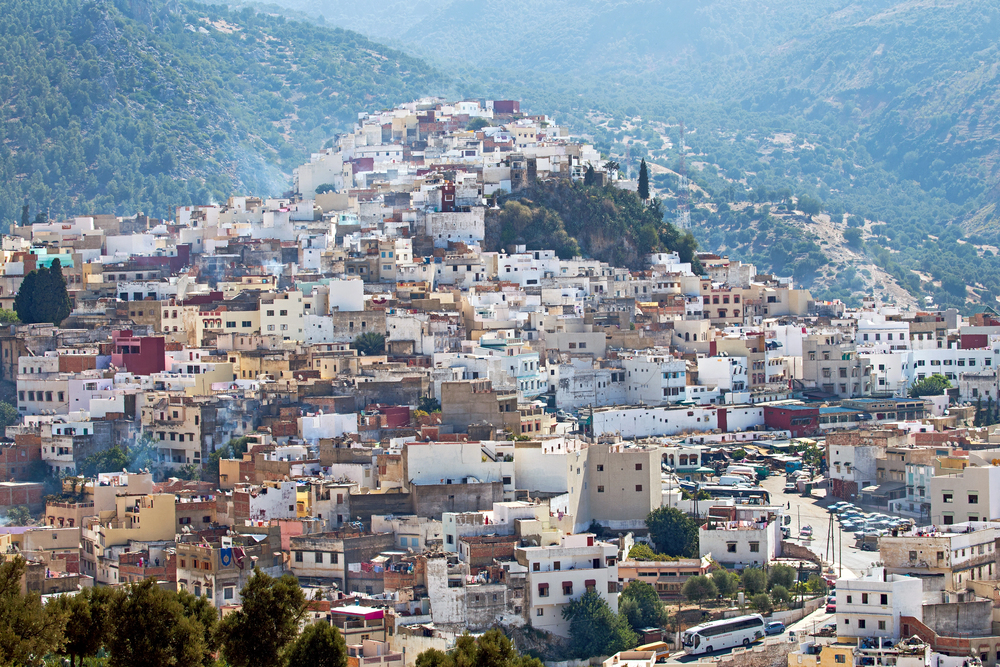
Though a holy town by reputation, this village still upholds the tradition of painting some quarters blue in memory of ancient local saints. Architectural features in these sections of town are unique, including painted Quranic calligraphy in darker indigo tones.
Spiritual leaders of the village have rules about which buildings may be painted blue, and hence, the village has developed a distinctive pattern of blue.
Like Travel Pug’s content? Follow us on MSN.
Taourirt
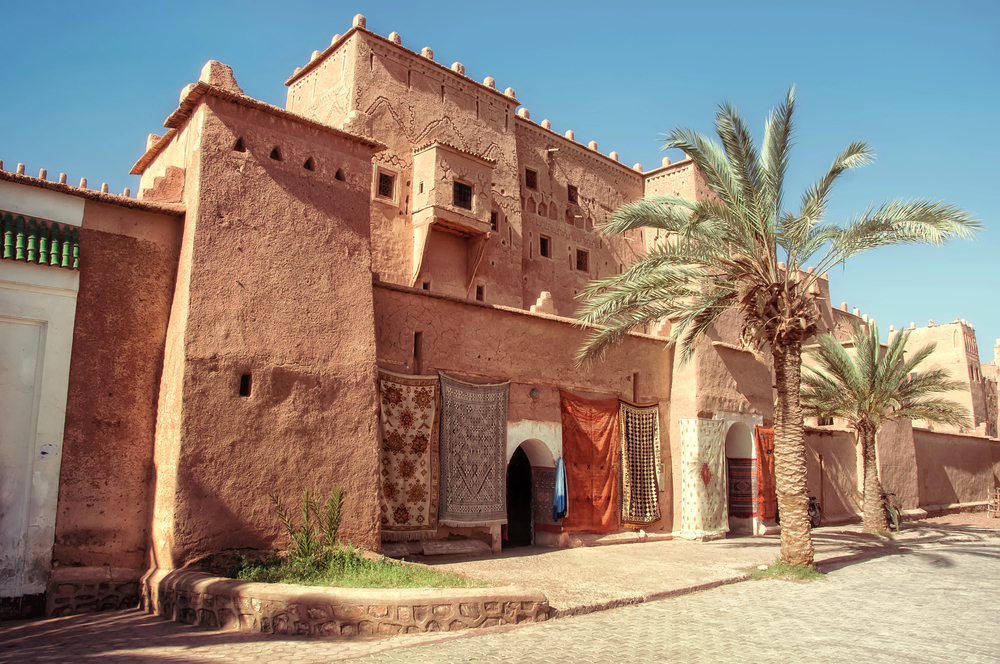
Deep in the valley, at a place where every evening the landscape is painted with blue shades, the buildings of Taourirt are painted deep into the twilight hues that change throughout the day. The paint makers of this village mix local lapis stone dust into their mixes, adding a subtle sparkle to the colors that are visible in strong sunlight.
Elders within the community organize monthly painting sessions where young apprentices learn how to get the signature shadowy blue tone of the village.
Berber Blues
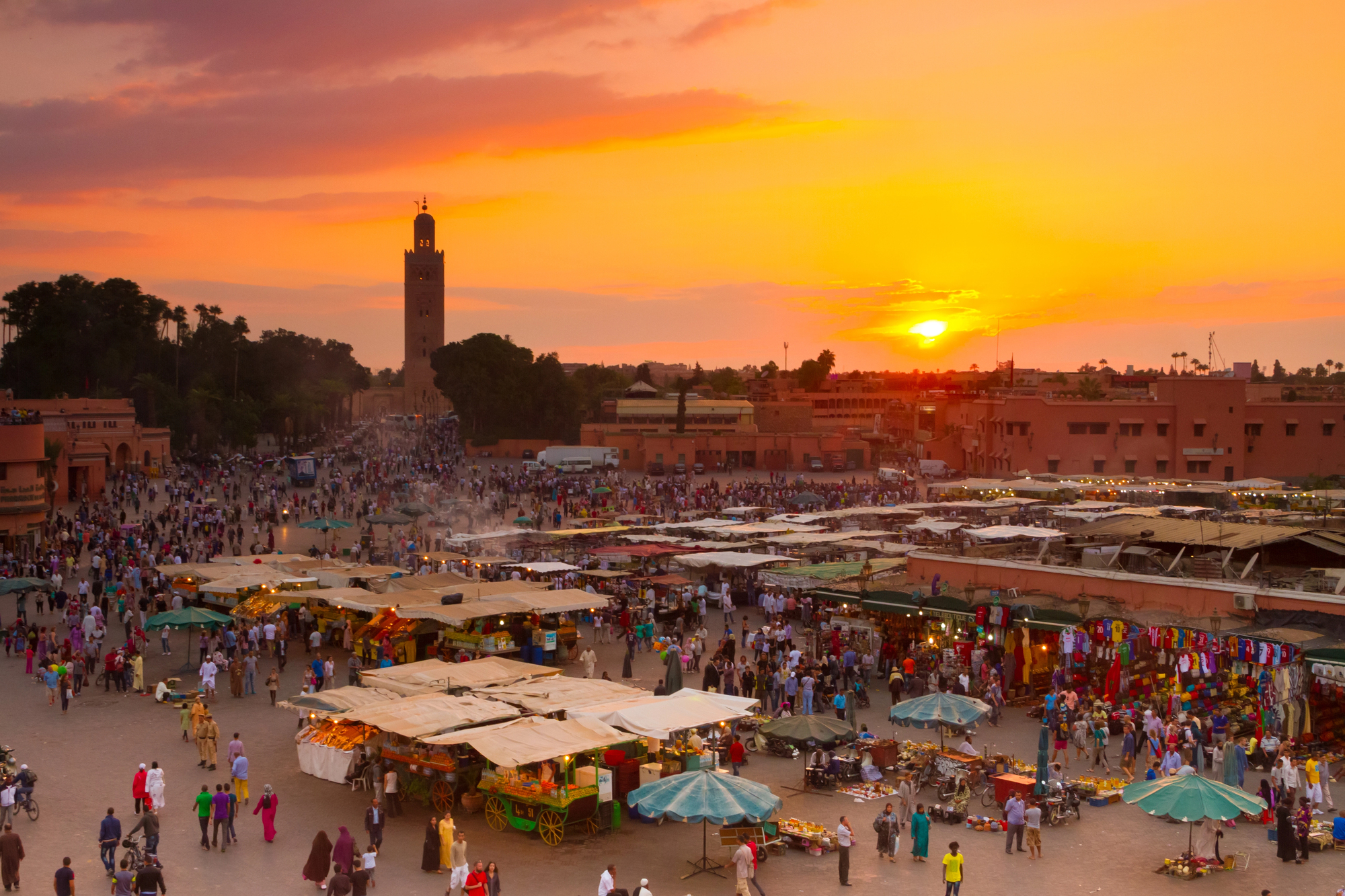
With their villages painted blue, these tribes preserve in their architecture not only a unique tradition but also a way of life that links color with culture, climate, and community. From practical benefits to spiritual significance, each shade of blue tells a story of the people who have maintained these traditions through generations.
Pack your camera and curiosity, for these azure villages are a sneak peek into a world where blue is not just a color but a living tradition, alive with each stroke of paint and subsequent generation of painters and villagers.
More from Travel Pug

- 15 Dangerous European Cities to Avoid
- 15 Caribbean Islands Where Tourists Keep Getting Scammed
- The 20 Most Fascinating Abandoned Places: A Journey Through Time and Forgotten Spaces
- 15 Hidden Places in the Smithsonian Museums Locals Love: A Guide to Lesser-Known Treasures
- 16 Hidden Florida Beach Towns That Aren’t Overrun with Tourists
Like Travel Pug’s content? Follow us on MSN.
